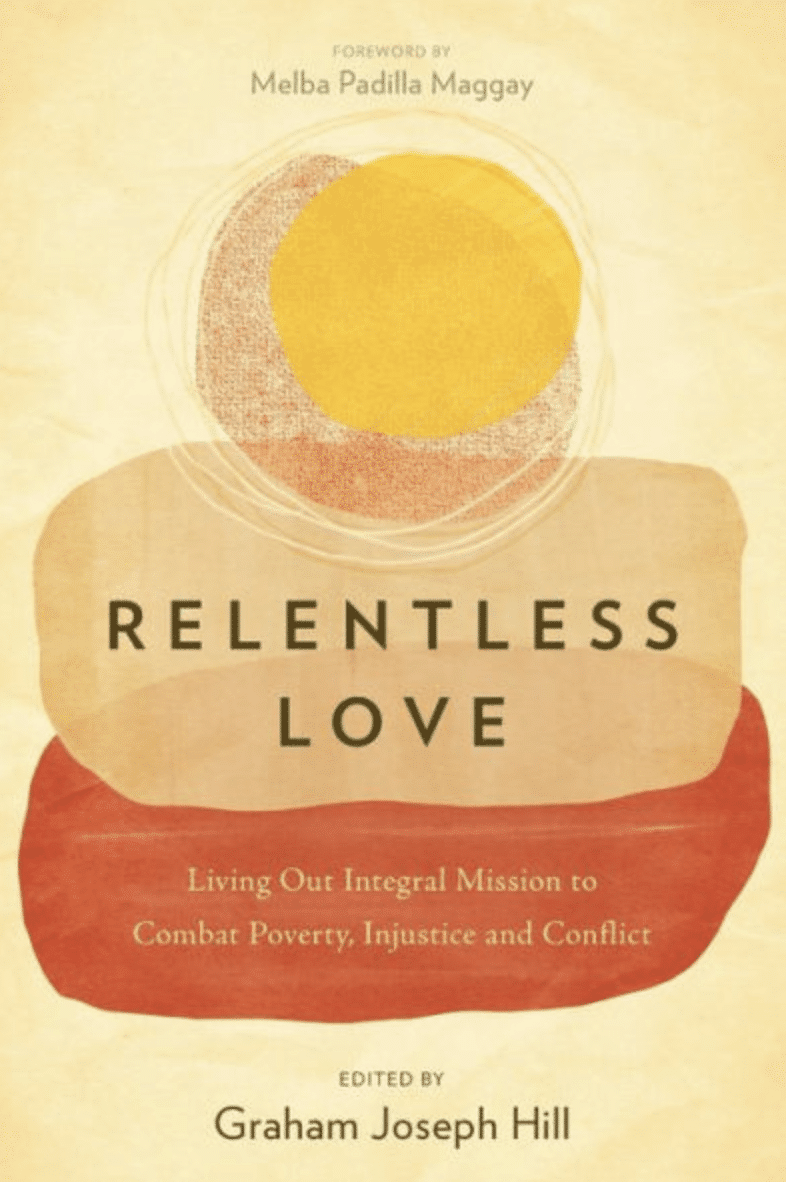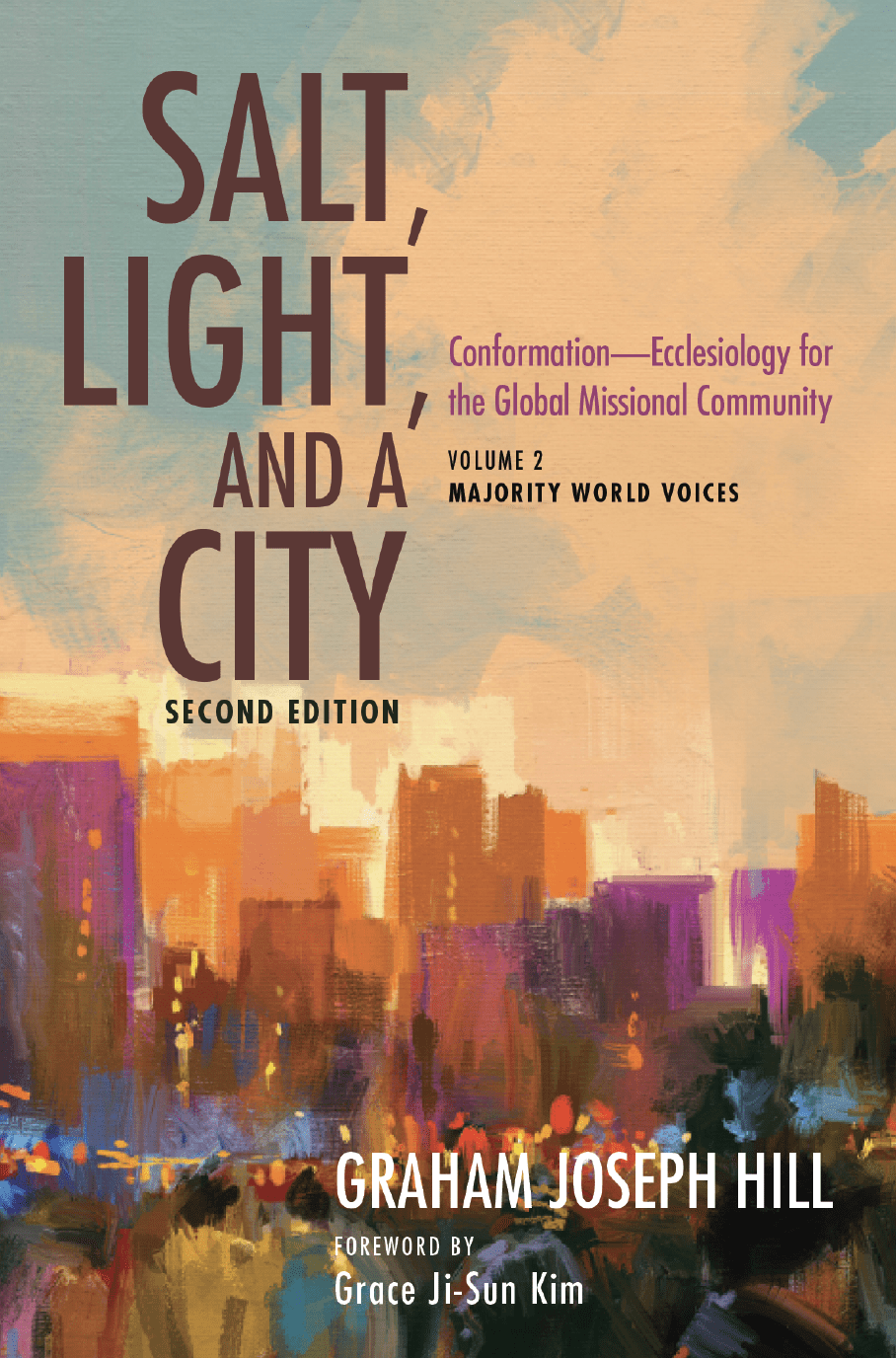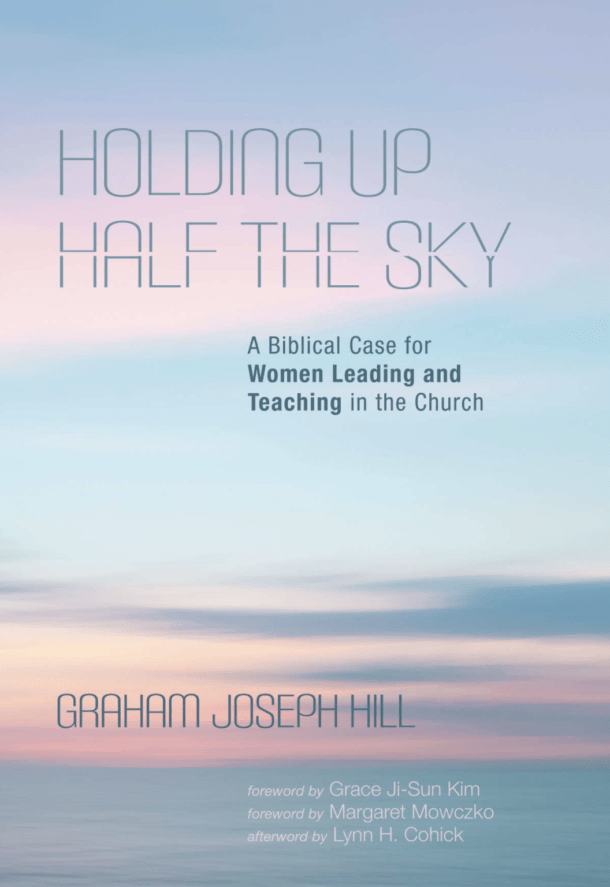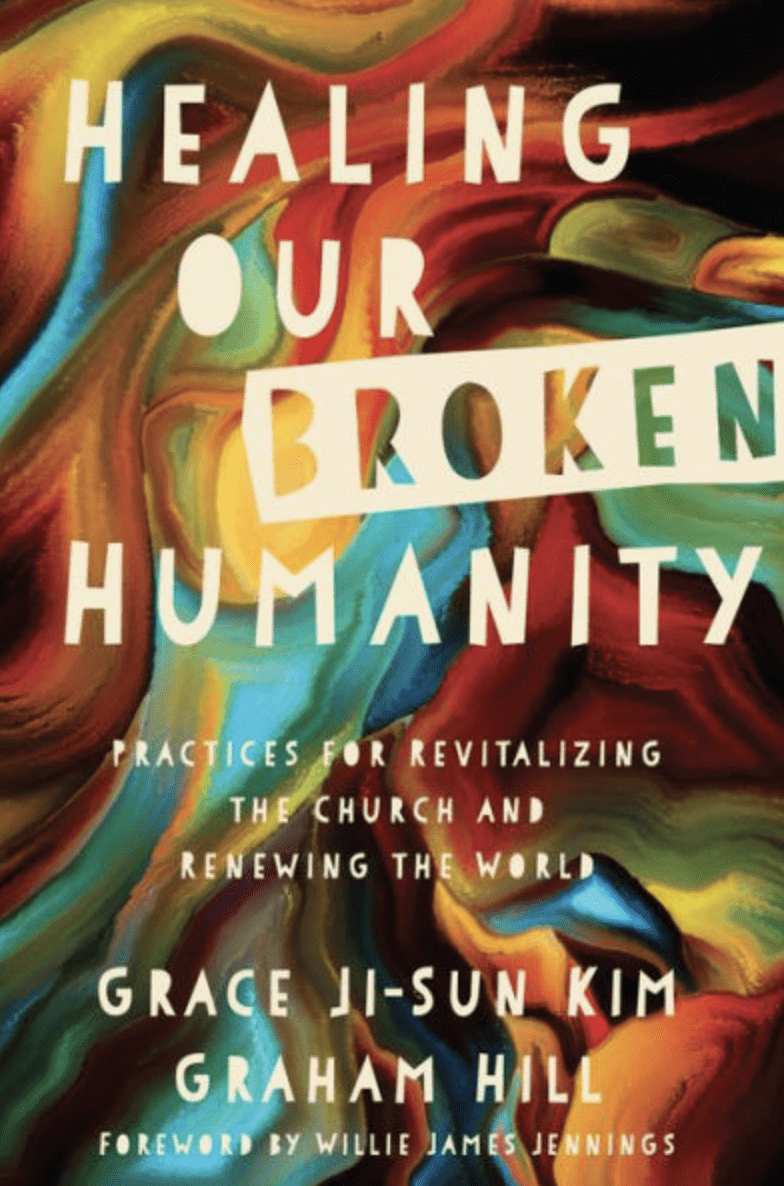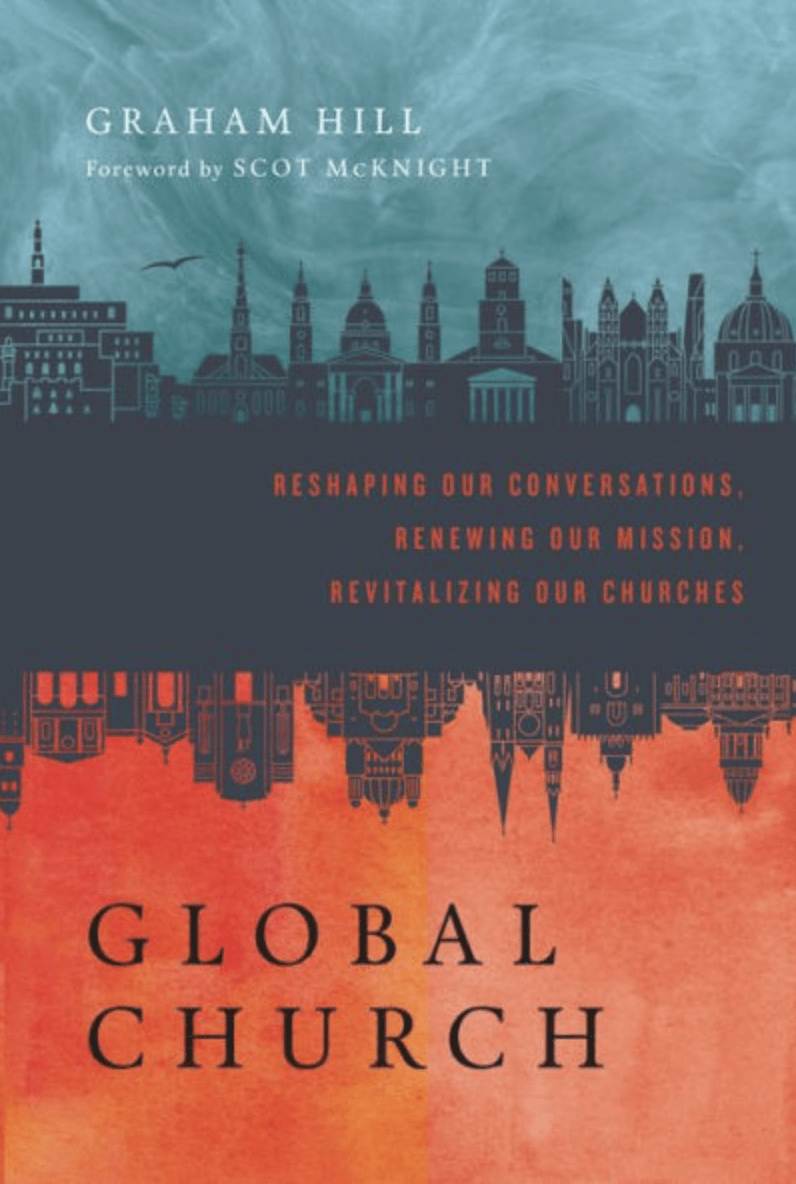Digital Whirlwinds and the Fragile Soul
We scroll for comfort. We swipe for connection. We post, react, and refresh, yet we still feel hollow. The endless feed promises escape but rarely delivers rest. It lures with novelty and leaves the soul weary. Christians today aren’t just fighting sin; they’re drowning in noise.
But the noise is more than an inconvenience—it can be a spiritual warfare of subtle temptations, pulling us from the love of God and neighbor, and dulling our desire for holiness. The temptations are subtle, often not immoral but numbing, including hours lost to distraction, attention fragmented, and identity shaped more by likes than love. The enemy in this age doesn’t come roaring, although it’s undoubtedly prowling. This adversary arrives in the soft hum of passive scrolling, the slow erosion of stillness.
“Perhaps the craving beneath our digital addictions isn’t content but communion.”
Perhaps the craving beneath our digital addictions isn’t content but communion. What if our desire for intimacy with God and others is cloaked in the guise of novelty, activity, and performance? What if our hunger isn’t for information but to feel something authentic, to be held, seen, known, loved, and met where we hurt and hope?
In the 16th century, Teresa of Ávila imagined the soul as a vast, radiant castle.[1] Within its walls are many rooms, each drawing closer to the One who dwells in the center—the Beloved. To move inward is to journey toward intimacy. To be distracted is to wander the halls endlessly, never reaching the center. The image is old, but the wisdom is timely. If TikTok and other social media are labyrinths of distractions, Teresa offers a map home.
The First Step: Waking Up in the Courtyard
Many live outside the gates of the soul’s interior castle, unaware that such a place exists. But some awaken, often through pain, longing, or holy discontent. This is the first mansion: awareness. People realize they’re more than their food and that their souls are starving while their minds are saturated. This awakening is grace.
“Awakening to our inadequacy and need isn’t a failure of discipline but the beginning of faith, hope, love, and divine grace.”
Glimpsing our restlessness is the first step onto holy ground. Awakening to our inadequacy and need isn’t a failure of discipline but the beginning of faith, hope, love, and divine grace. When we know at the interior castle’s door, we’re offering belief, however faintly, that our Creator made us for something eternal and more profound than a distraction.
The first rooms are still noisy. Thoughts buzz. Old patterns cling. But the soul begins to seek silence. Here, the challenge is consistency. Social media trains the brain to crave stimulation every few seconds. Prayer invites a slower rhythm. Teresa would say: don’t force deep prayer yet; instead, show up. Come to the castle. Knock. Sit still even if nothing happens. The first rooms are where perseverance is born.
The Battle of the Middle Mansions
As one moves inward, the temptations shift. It’s no longer just distraction but discouragement. “Why isn’t this working?” “Why do I still feel far from God?” Teresa knew these struggles. She warned of spiritual pride, false consolations, and dryness.[2] But she also wrote of love that grows through fidelity, not fireworks.
In these rooms, the soul learns to let go of performance. Prayer becomes less about achievement and more about presence. The interior castle teaches us that God isn’t waiting to be impressed but welcomed. Social media metrics, such as followers, likes, and reach, have no meaning here.[3] What matters is desire, humility, grace, and faithfulness.
“We’re learning to love God without fireworks and miracles—to trust in dry prayers, aching hearts, and dim light, knowing God is still near.”
As we enter the middle rooms of our interior castle, our faith becomes less about emotions and more about faithfulness—less about spectacle and more about stillness. We’re learning to love God without fireworks and miracles and to trust in dry prayers, aching hearts, and dim light, knowing God is still near.
This is where real transformation begins. The noise doesn’t stop, but the soul grows less reactive. One learns to pause before clicking, pray before posting, and let silence interrupt the scroll. Little by little, the castle becomes more than a metaphor. It becomes home.
The Center Holds
The innermost room, the seventh mansion, is where union happens—not perfection, not escape, but union with God.[4] This union is a mysterious communion in which the soul and the Beloved are so close that they breathe the same breath. Few speak of this because words can’t carry its weight. Teresa tried with trembling joy.
But this union isn’t for mystics only. It isn’t reserved for cloisters, monks, mystics, or saints. The door is open to anyone who desires God more than distraction—even a soul with a cracked screen and tired eyes. Especially that soul. This is the same Christ who says, “Come to me, all who are weary,” and invites us not into performance, but into rest, renewal, and resurrection (Matthew 11:28).
The center rooms of our inner heart don’t promise ecstasy but a love that comforts, heals, and holds even when the world unravels and the soul feels numb. Living from the center means carrying a stillness that the world can’t steal since we’re rooted in God’s nature, promises, and love, deeper and surer than the feed’s churn.
Union doesn’t mean every prayer feels electric. Often, it’s marked by a trust that endures dryness, confusion, and even God’s apparent absence. It’s love that stays. In a world where attention flits and loyalties shift, the castle offers rootedness and a place where love holds firm.
Practices for Building Your Interior Castle
How does one build an inner life in the age of TikTok videos, Instagram reels, and YouTube shorts? Not with grand gestures but with daily choices. Spiritual growth involves choosing practices that aren’t heroic but humble and that don’t just reorient us away from distraction but toward presence, love, and truth. When we practice these habits, we tend to the gardens of our souls. Here are some spiritual habits to help:
1. Sacred Silence
Choose five minutes a day to sit in silence. No music, podcast, phone, internet—just breath and presence. It’ll feel awkward at first, but stay anyway. Let the stillness work on you like water shaping stone.
2. Rule of Life
Craft a simple rhythm for your days: morning prayer, digital curfews, a tech-free hour, and walks without earbuds. The soul thrives on rhythm, while social media thrives on disruption. Choose your master.
3. Lectio Divina
Let Scripture become a mirror. Read slowly. Pause. Listen. Ask, “What’s God saying to me today?” Don’t rush for answers. Let the Word read you.
4. Digital Discernment
Before you open an app, ask: What am I looking for? Connection? Comfort? Escape? Distraction? Applause? Assurance? Bring that longing to prayer. You might find the craving behind the scroll is a cry for God.
5. Companions for the Journey
You can’t walk the castle alone. Find spiritual friends. A mentor. A community. People who long for depth ask hard questions and hold sacred silence with you. You don’t need many, just a few companions who keep you faithful.
A Holy Resistance
To build an interior castle is to resist the tyranny of noise.[5] It’s a quiet rebellion against the algorithms that profit from your addiction. It’s saying, “My soul isn’t for sale. My mind isn’t your playground. I was made for union, not consumption.”
“You don’t have to flee the digital world. But you do have to choose how you inhabit it.”
You don’t have to flee the digital world. But you do have to choose how you inhabit it. Bring your soul online. Bring your presence. Be contemplative on the timeline. Be the one who listens more than reacts, posts from prayer, and pauses before clicking.
Resistance isn’t anger; it’s reverence. Subversion isn’t unholy; it’s surrender. Reclaiming your attention proclaims your soul is sacred, not programmable or monetizable. As we live contemplatively online, we disrupt the algorithms with grace. We choose to post from prayer, engage from peace, and bless from love. From this interior grounding, we’re also sent out to love more boldly, serve more freely, and speak truth with grace in a noisy world. In every pause before the scroll, in every breath taken before a click, we proclaim that we belong not to platforms but to Love.
Teresa wouldn’t ask you to leave your generation behind. She would invite you deeper—past the flashing images and the curated self, into the truth of who you are and the mystery of God, who waits for you not in pixels but in presence.
The Castle Is Already Within
You don’t have to build the castle from scratch. It’s already there, planted in you like a seed, hidden beneath layers of noise, fear, and forgetfulness. But it waits.
Christ, our Beloved, waits: not far off, but within. Closer than your next notification, deeper than your latest distraction. The One who died and rose to make your soul his home is calling you inward: not to escape, but to be transformed.
So, silence the screen. Light a candle. Offer a prayer. And begin again. One room at a time. Toward the center. Toward the One who has always been waiting for intimacy with you.
You aren’t your screen time. You aren’t your follower count. You’re a soul. A castle. A home for the holy, loving God.
“You aren’t your screen time. You aren’t your follower count. You’re a soul. A castle. A home for the holy, loving God.”
And you’re already being drawn inward into love.
___________________________________________________________
Bibliography
Anonymous. The Cloud of Unknowing. Translated by Carmen Acevedo Butcher. Boston: Shambhala, 2009.
Jacobs, Alan. Breaking Bread with the Dead: A Reader’s Guide to a More Tranquil Mind. New York: Penguin, 2020.
Newport, Cal. Digital Minimalism: Choosing a Focused Life in a Noisy World. New York: Portfolio, 2019.
Teresa of Ávila. The Interior Castle. Translated by Mirabai Starr. New York: Riverhead, 2003.
Notes
[1] Teresa of Ávila, The Interior Castle, trans. Mirabai Starr (New York: Riverhead, 2003).
[2] Teresa of Ávila, The Interior Castle, trans. Mirabai Starr (New York: Riverhead, 2003), Mansions IV–VI.
[3] Cal Newport, Digital Minimalism: Choosing a Focused Life in a Noisy World (New York: Portfolio, 2019).
[4] Anonymous, The Cloud of Unknowing, trans. Carmen Acevedo Butcher (Boston: Shambhala, 2009).
[5] Alan Jacobs, Breaking Bread with the Dead: A Reader’s Guide to a More Tranquil Mind (New York: Penguin, 2020).
